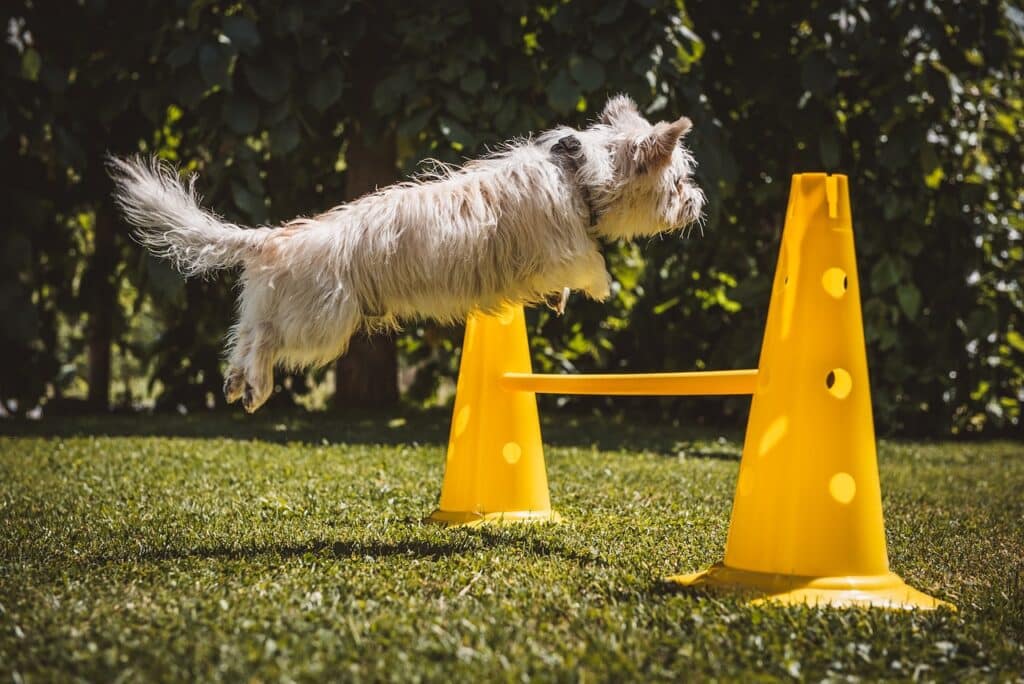Dog training is a crucial aspect of pet ownership, but amidst the wealth of information available, myths and misconceptions often abound. In this comprehensive guide, we debunk 10 common dog training myths and provide evidence-based insights into effective training techniques.

Myth 1: Punishment is the key to effective dog training
Contrary to popular belief, punishment can hinder rather than help your dog’s learning process. Instead, focus on positive reinforcement to encourage desired behaviors.
Myth 2: Obedience can only be achieved through dominance
Dominance-based training can lead to fear and aggression. Opt for positive leadership and reinforcement to build a strong bond based on trust and cooperation.
Myth 3: Puppies are too young to be trained
Early training is essential for puppies. Start with basic commands and socialization to establish a foundation for a well-behaved adult dog.
Myth 4: You can’t teach an old dog new tricks
Age is not a barrier to learning. With patience and positive reinforcement, older dogs can adapt and learn new behaviors.
Myth 5: All dogs learn the same way
Every dog is unique. Tailor your training approach to your dog’s personality, breed, and individual preferences for optimal results.
Myth 6: Using treats is bribery, not training
Treats are powerful tools for positive reinforcement. Use them strategically to reward good behavior and strengthen the bond between you and your dog.
Myth 7: Aggressive dogs can’t be trained
Aggression can often be addressed with professional guidance and positive reinforcement techniques. Seek help from a certified trainer to address specific behavioral issues.
Myth 8: Training should only happen in a specific environment
Generalize training by practicing in various environments. This helps your dog learn to respond to commands in different situations.
Myth 9: Training sessions need to be long and frequent
Short, frequent training sessions are more effective than long, infrequent ones. Keep sessions engaging and end on a positive note to keep your dog eager to learn.
Myth 10: Once trained, a dog will always obey
Continued reinforcement is key. Dogs need regular practice and positive reinforcement to maintain learned behaviors throughout their lives.

Conclusion:
By dispelling these common myths and embracing positive reinforcement, you’ll pave the way for a strong and trusting relationship with your canine companion. Happy training! Need more help contact: Flower Pets – Dog for Sale in Kolkata



